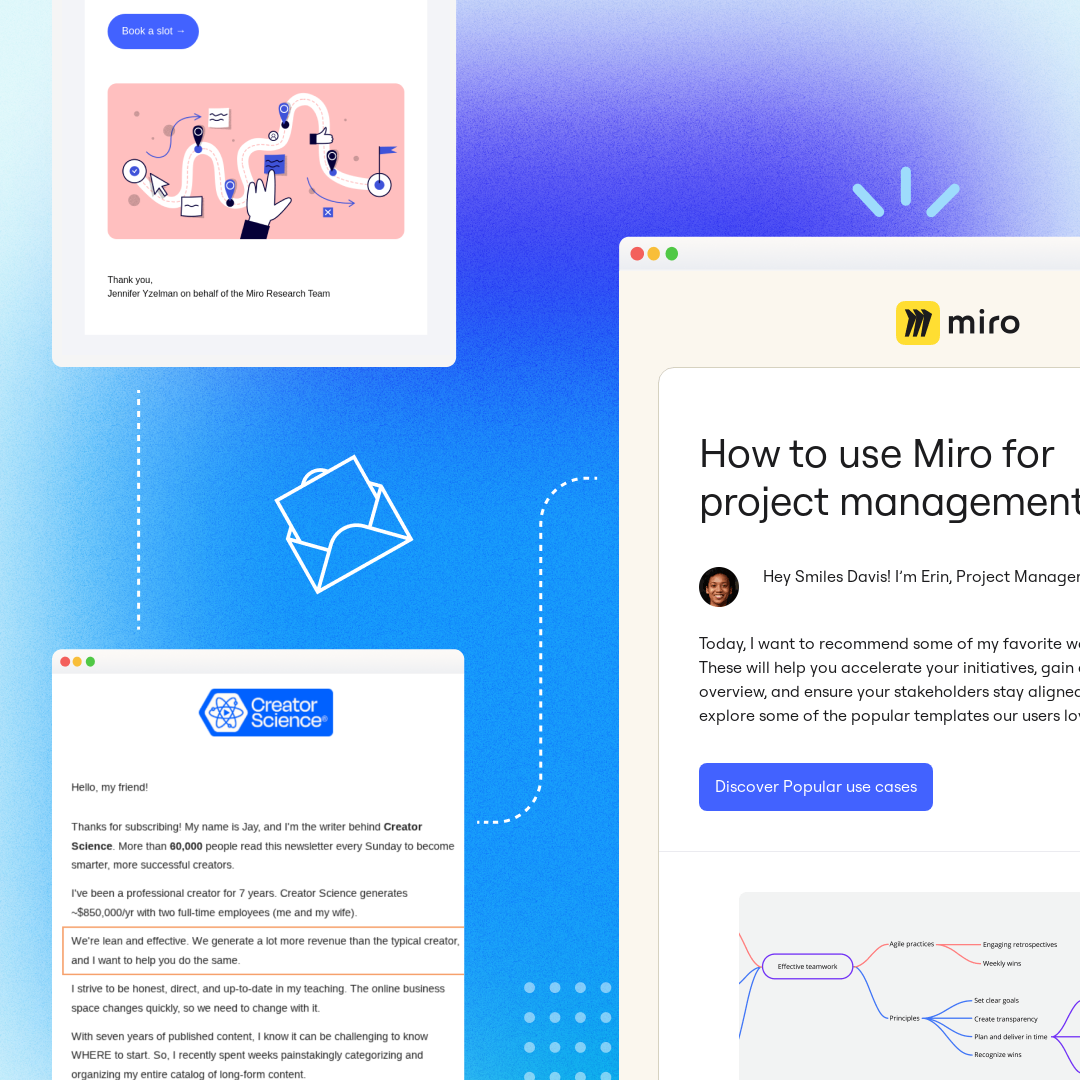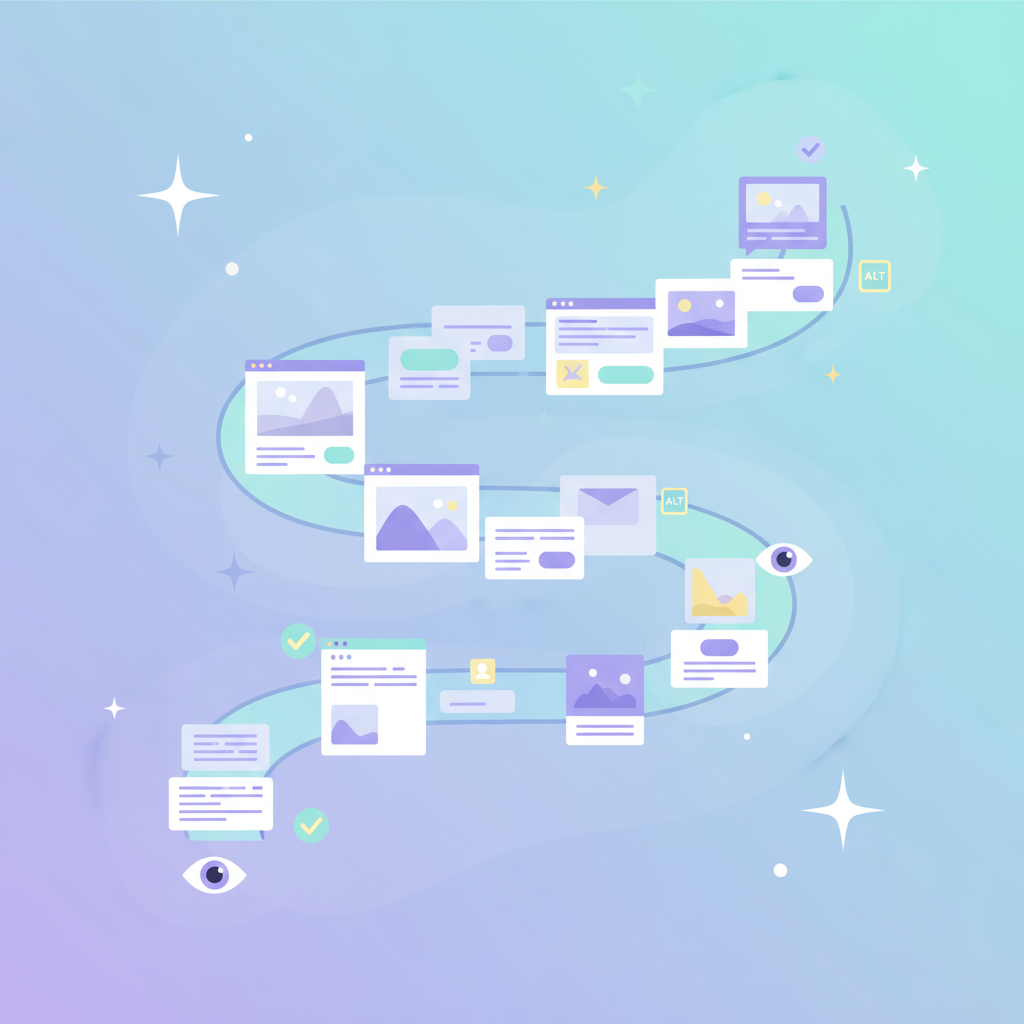
For most businesses, the ability to convert leads into customers can mean the difference between profitable operations and unsteady income that causes it to fail. That’s why lead generation and conversion remain a priority.While several tactics can help you achieve this, not all strategies will initiate interest from leads.So, how can you effectively engage leads and turn them into happy customers? That is where lead nurturing can help.Lead Nurturing is the process of building relationships with your prospects with the goal of earning their business when they're ready. Lead nurturing is the third stage of the lead management process. There are five stages or elements of lead management:
- Lead generation,
- Lead qualification and segmentation
- Lead nurturing
- Lead scoring and lead routing, and
- Measuring success
To help your unique leads solve their challenges or achieve their goals, it's critical to understand who your leads are and why they've shown interest in your company in the first place.This understanding will help you develop a lead nurturing strategy to engage with each individual personally, based on their needs and goals, rather than sending blast emails. That way, you’ll generate more qualified leads with less effort. In fact, companies that excel at lead nurturing generate 50% more sales-ready leads at 33% lower cost.
How Does Lead Nurturing Work?
Let's view an example of lead nurturing from a HubSpot Solutions Partner, Campaign Creators.

They had a new initiative to target e-commerce businesses, so they created a new buyer persona, named E-Commerce Eric. They developed a new lead nurturing campaign based on this persona, called "E-Commerce Marketing Campaign."A lead would enroll into the E-Commerce Marketing Campaign workflow in HubSpot each time they downloaded the "E-Commerce Marketing: Intro to Lead Generation" guide.Over time, these leads would receive emails that offered a helpful and relevant resource called, "How to Create an E-Commerce Lead Nurturing Campaign." This resource serves the dual purpose of teaching learners how to nurture new leads while also nurturing them for Campaign Creators.Leads also received further nurturing emails to download other helpful offers, like "Your Guide to Filling a Digital Marketing Gap." This resource helped leads determine the right solution to overcome their digital marketing gap, and helped Campaign Creators identify leads that would benefit from their marketing services.After downloading this guide, leads would receive another set of nurturing emails promoting a free marketing consultation that would provide valuable and honest feedback on the best marketing solution for them. The value for Campaign Creators? To gain a better understanding of their leads' challenges and provide tailored experiences during the consultation.If a lead decided to schedule a consultation, the sales team would take over in the process. This marked the end of the lead nurturing campaign.

This multi-tiered lead nurturing campaign is a great example of how you can engage and nurture leads through their buyer’s journey.While some lead nurturing campaigns may differ, the most important aspect is to automate your entire process. This will provide your lead nurturing efforts with timely, efficient, and targeted communication.
Benefits of Lead Nurturing
Let’s explore the benefits described in the above example in more detail. Lead nurturing helps you:
Build a better customer relationship
Building any relationship takes time and effort, and that’s what lead nurturing allows you to do with prospective customers. Maintaining contact with your leads throughout their buyer’s journey and using personalized messaging can lead to increased trust and a sense of commitment from you to these potential customers.
Increase conversion rates
By providing relevant, personalized content with your lead nurturing campaigns, you ensure your audience remains engaged and more likely to click links to your website or online store for more information. This approach is in contrast to sending generalized content that is designed to reach as many people as possible but has no connection with specific audiences.
Identify customer interests or pain points
Lead nurturing is an excellent way to collect feedback that provides insights into your audience’s interests and pain points. This information can assist you in creating accurate buyer personas and products that will better meet your customers' needs.
Boost brand loyalty
The personalized engagement campaigns you use to build a relationship with your audience can also make them loyal to your brand once they take the step to become customers. In fact, 78% of consumers will likely be repeat customers of brands that personalize the shopping experience.
Get more referrals from satisfied customers
One of the objectives of lead nurturing is to ensure customers are satisfied at the end of their buyer’s journey. Happy customers are more likely to refer friends, family, and business associates to your business because of the trust and reputation you built with them.
How to Launch a Successful Lead Nurturing Campaign
There are five fundamental elements to launching a successful lead nurturing campaign:
1. Buyer Personas
A Buyer Persona is a semi-fictional representation of your ideal customer based on real data and some educated speculation about demographics, behaviors, motivations, and goals.Creating buyer personas will help you understand your potential customers’ needs, behaviors, and concerns. Understanding these details will help you tailor your content and messaging in a way that resonates with each lead.In the previous example, the lead nurturing campaign targeted the persona, ECommerce Eric. Not only did understanding ECommerce Eric's needs and goals inspire the different content offers, it also helped drive the messaging in the emails. If you don't have buyer personas, you can get started with HubSpot's Make My Persona Tool.
2. Content
The content you create should be strategic. It should showcase your thought leadership in certain topics, educate your audience, address their concerns, and inspire them to take action. You do this by creating content for each stage of the buyer's journey.The Buyer's Journey is the active research process someone goes through leading up to a purchase.This process is broken down into three stages: awareness stage, consideration stage, and decision stage. Creating content for each stage allows you to educate and nurture leads closer to a purchase, no matter where they are in the buyer's journey.

Once you've developed your content, it's time to share it with your leads.
3. Emails
Emails will serve as the main communication between you and your leads. They enable you to educate and nurture your leads by providing tailored messaging and content offers.HubSpot provides email marketing tools that make it easy to publish your nurturing emails. You can also incorporate personalization tokens to personalize each recipient's email copy and content.But, building effective emails is only part of the process. You have to send the right content to the right person and schedule when the emails should arrive at their destination.
4. Segmentation
Lead nurturing is the happy union between content and context. Email is how you provide the content, while segmentation is how you provide context.Segmentation is the process of dividing your contacts into sub-groups (known as segments) based on some type of shared characteristics. It works together with your nurturing emails by providing tailored and relevant content for each individual.For example, you can segment your leads by their buyer personas. Your leads will often have different challenges or goals, affecting the personas you create for them. You can create different email campaigns with relevant and compelling content for each of these personas .Another strategy is to segment leads by where they are in their buyer's journey. Leads in different stages of the buyer's journey are seeking specific information.For instance, leads in the awareness stage may be interested in content about the different types of products that are available, while those in the consideration stage may be more concerned about the pros and cons of each product that they are interested in. You can help more of your leads find the right content by segmenting emails by their buyer's journey stage.Try segmenting leads based on their online activity. A great example of this is automatically sending a welcome email every time a visitor subscribes to your newsletter.Lead nurturing is the happy union between content and context. Email is how you provide the content, while segmentation is how you provide context.
5. Automation
The final element of a successful lead nurturing campaign is automation. Automation makes it easy to send the right content, to the right person, at the right time. HubSpot offers a workflow tool that can help automate your entire lead nurturing process. This tool can help you:
- Set enrollment triggers that automatically enroll leads based on set criteria.
- Add relevant emails and content that will be sent to enrolled leads.
- Indicate when those emails will be sent to each lead.
- Remove leads once they've met the workflow goal.
Implementing automation into your lead nurturing will not only make the entire process feel seamless, but it will also help you scale your lead nurturing efforts in the future.Incorporating these five fundamental elements into your lead nurturing process will give you the foundation needed to implement campaigns that turn more of your leads into happy customers.
Nurture Your Leads to Create Happy Customers
It takes just a few steps to turn leads into happy, returning customers, and it all starts with thinking of them in the buyer’s journey.Ask yourself what their interests or issues are and what solutions your company has that impact their values, needs, and desires. Then, strategically create your content and send it to your leads in a sequence that moves them from awareness of their problem to the decision to buy your solution.Lead nurturing takes time. Segmenting leads based on their buyer persona and the stage they’re in of the buyer’s journey can help you nurture leads more effectively. Automation can help manage a lot of this process and sendails to the appropriate people at the appropriate time with the appropriate content to move them in the right direction.Are you ready to start nurturing your leads? Use HubSpot’s Marketing Hub to create and launch your campaign today, and turn those leads into customers.



